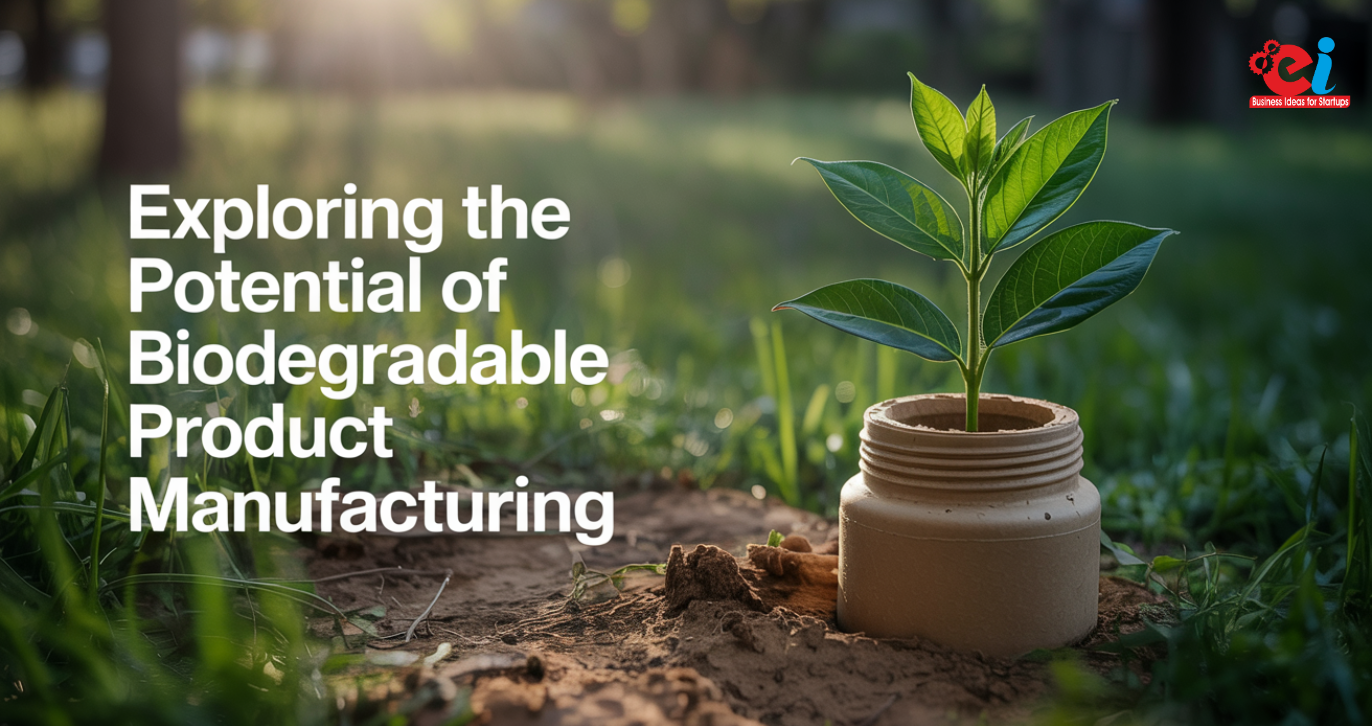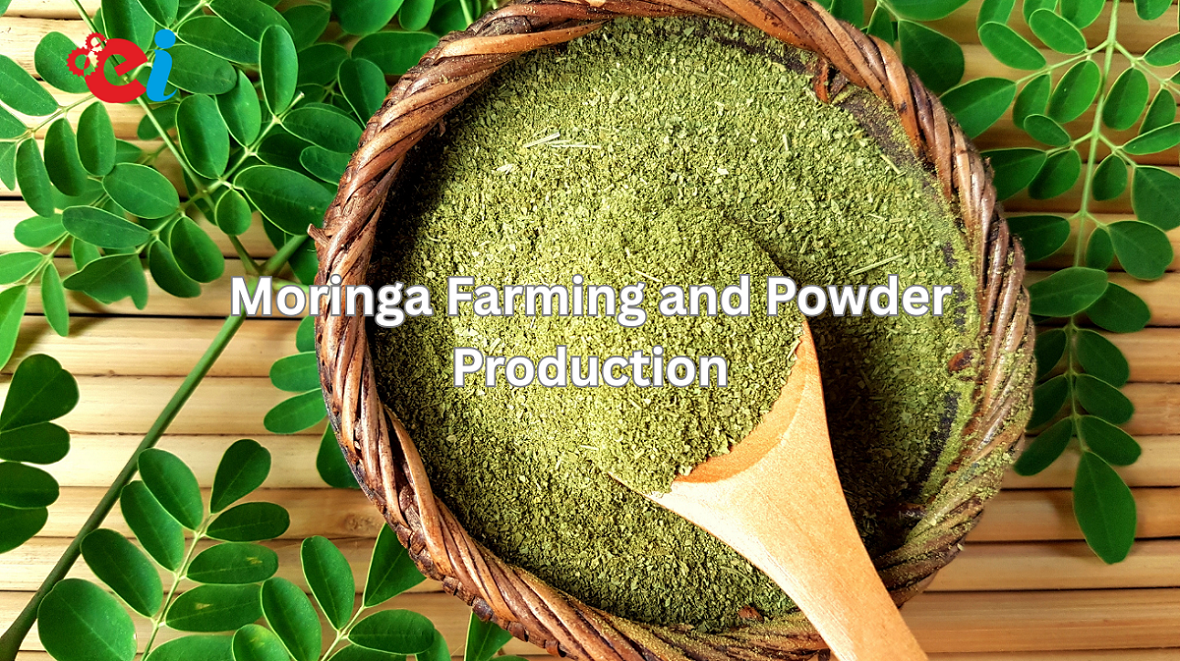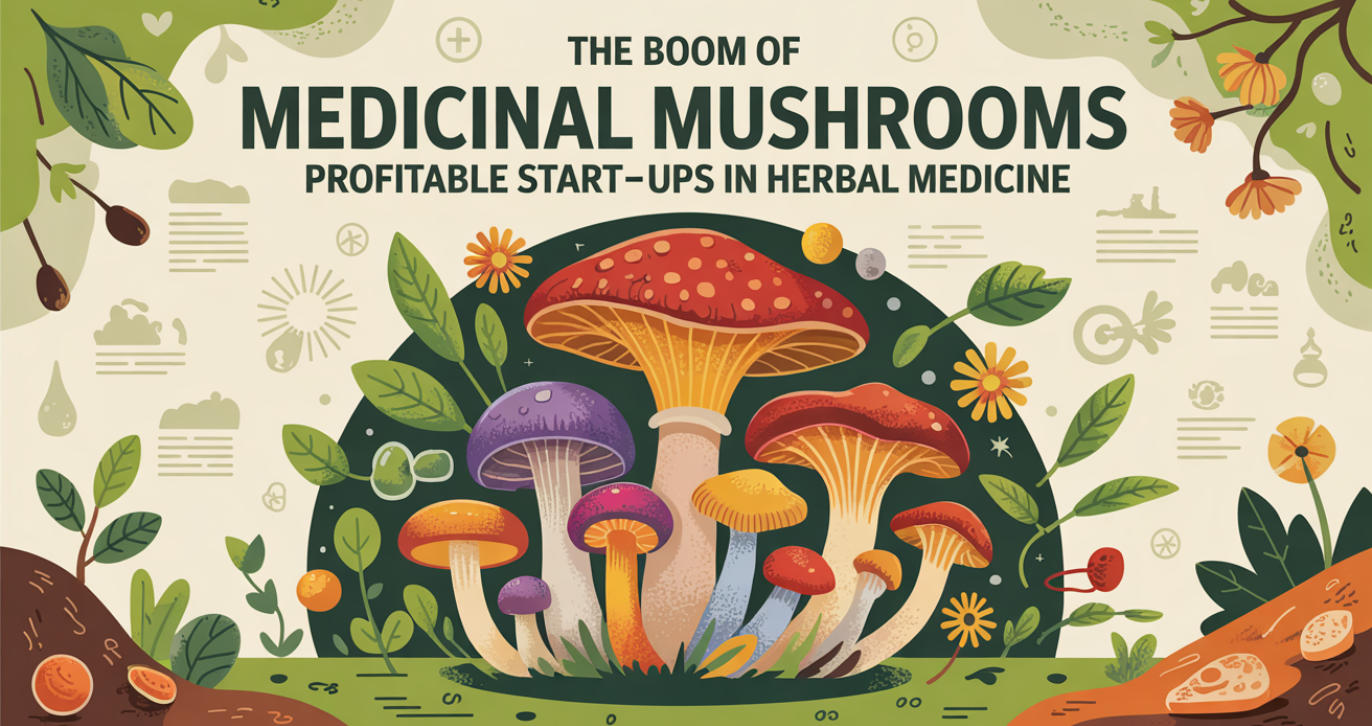It is seen that today, environmental concerns are growing very fast. The increase in pollution from plastic waste has led to serious problems for nature and human health. An answer to the problem could be biodegradable product manufacturing. Biodegradable products consist of natural materials whose breakdown occurs easily in the environment. It has become a cost-effective alternative to traditional plastics.
Understanding Biodegradable Products
Biodegradable products are products that nature itself has appropriated into the folds of its decay. Hundreds of years are required for traditional plastics to disintegrate into biodegradable products since they are federally manufactured. These latter ones decompose within a period that lies between months and a few years and leaves no toxic residue at the end.
Mainly organic, the above-mentioned products are-
- Plastic of plant origin, namely; of PLA, from corn starch or sugarcane;
- Paper and cardboard: Made from fibres natural and recyclable.
- Biodegradable polymers from renewable raw sources, potato starch included
- Bamboo and palm leaves to produce cutlery, plates, and packaging materials.
- Algal plastics are an example of currently developing new biodegradable, renewable, and environment-friendly options.
- Mushroom packing: this is packaging using fungi.
Biodegradable Product Manufacturing Benefits
- Low Carbon Footprint: Less carbon footprint liability in the production of biodegradable products versus the production of traditional plastics.
- Not Harmful to Animals: the animals are harmfully affected by ingestion of traditional plastics.
- Biodegradable material does not harm them in this way.
- There are no toxic chemicals from biodegradable products that are dangerous to human beings.
- The increase in the demand for biodegradable products will contribute to sustainable business.
Also read: Emerging Markets for Specialty Manufacturing: Analysis and Opportunity Assessment
Industries That Have Benefited from Biodegradable Products
Many industries have started the implementation of biodegradable materials in a bid to minimize their contribution towards negative environmental impact. A few such industries are as follows:
- Food and Beverage
Entering the latest fad for restaurants, cafes, and food businesses is the transition to biodegradable cutlery, plates, and packaging. This is yet another way that helps not only in conserving the environment but also makes way for additional environment-conscious clients. Restaurants can minimize waste through the use of biodegradable straws and containers.
- Textile
Biodegradable textiles like hemp, bamboo fiber, and organic cotton are being given due attention by fashionistas. Such products typically decompose naturally, causing no pollution with microplastics. Companies are actively producing biodegradable synthetic fibers that go easy on users while being good for strength retention.
3. Healthcare
Experts are working on biodegradable gloves, syringes, and packaging.
Hospitals and clinics are looking into creating biodegradable versions of bandages to lessen the environmental impact of these medical devices.
4. Agriculture
The usage of bio weeders and seed coating reduces plastic pollution in farming by creating mulch films that help the soil’s health.
This technique whereby farmers are adopting biodegradable pots and plant trays, will go a long way towards reducing plastic waste in nurseries.
5. Personal Care and Cosmetics
It seems to add up as more people tend to purchase biodegradable toothbrushes, razors, and cosmetic packaging. You also find beauty brands replacing their plastic microbeads with things from nature, like rice husk, to make scrubs.
The Future in the Manufacturing of Biodegradable Products
The biodegradable products industry is set to grow exponentially in the coming few years. Some trends and developments point to a very promising future:
- Advanced Research and Development
Scientists are conducting research on developing stronger and cheaper biodegradable materials.
New research is now focused on improving composability and performance to meet consumer expectations for biodegradable products.
- Government Rules and Regulations
This encourages the offer of green alternatives to single-use plastics, such that most governments usually formulate laws putting bans on the use of single-use plastics.
Policies to promote composting and recycling infrastructure will support this industry.
- Increasing Demand from Consumers
More consumers are likely to respond to known issues of concern for the environment by spending more for products that are built on sustainability.
The loyal customer base around brands that offer biodegradable packaging and green products is due to rising environmental awareness.
- Corporate Green Initiatives
Big brands and corporations encourage the public to adopt green packaging by making great strides into green policy adoption.
Such companies include Unilever, Nestlé, and Coca-Cola, which are now investing in biodegradable and compostable packaging solutions.
- Emerging Technologies
Some of these technologies involve the production of algae-based plastics, the use of mushrooms as a packaging material, and bioengineered biodegradable material.
- Increased Investment in Startups Going for Biodegradable Solutions
Investors venturing into biodegradable products have increased, and thereby, several venture capitalists and governments are fueling innovations.
- Integration in Circular Economy Models
In most cases, these biodegradable products integrate waste resources in an efficient reuse, composting, and recycling process.
The whole lifecycle of a product is mild concerning its atmospheric impact, starting from production through performance to disposal.
Closing Thoughts
By selecting biodegradable items, we can all help create a better planet. Therefore, biodegradable manufacturing holds great promise for the future. Continuous innovation will herald a world with less bulky waste and sustainable solutions. The move toward biodegradable materials will greatly increase the pace of global sustainability and benefit both the environment and society.










